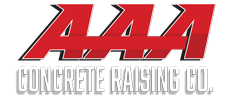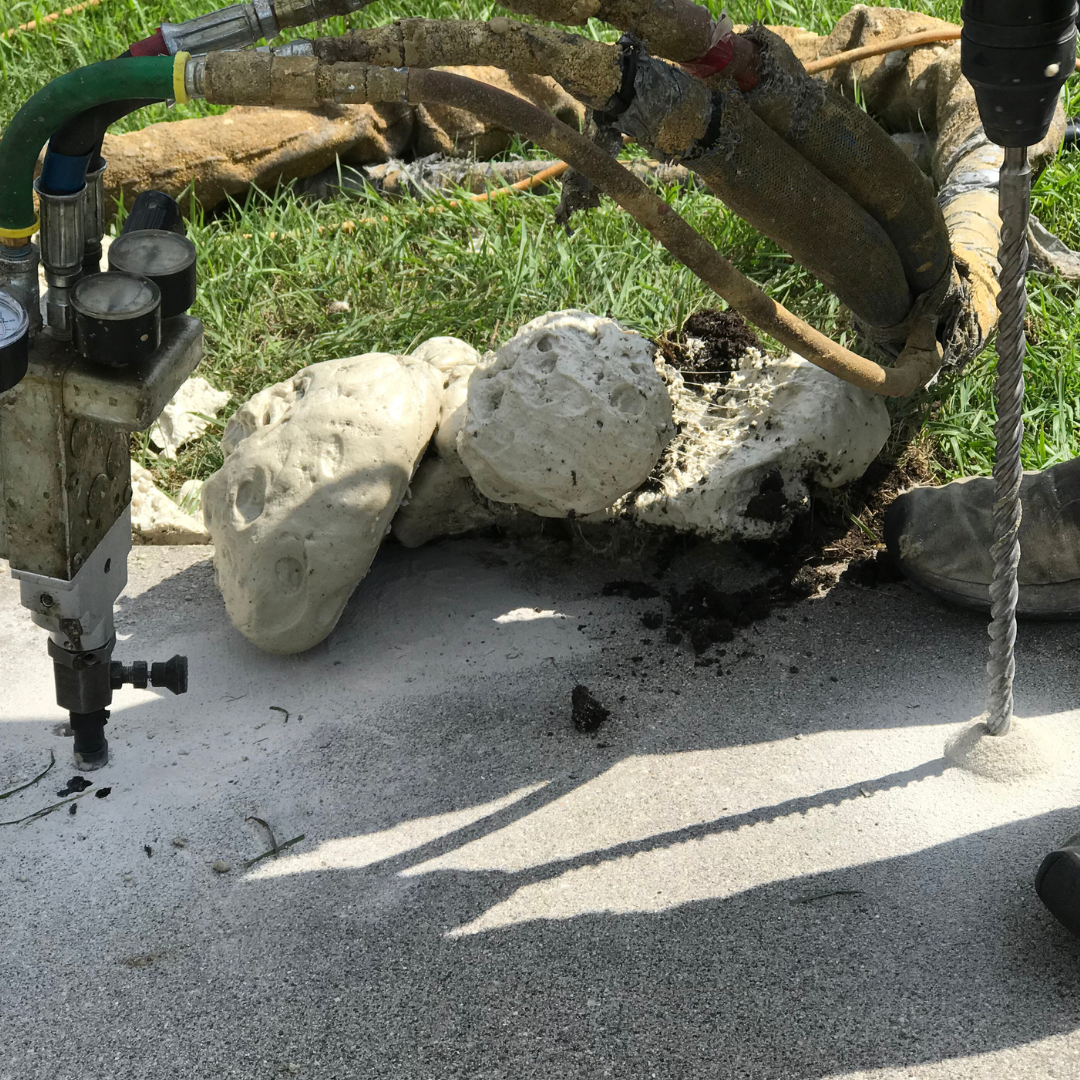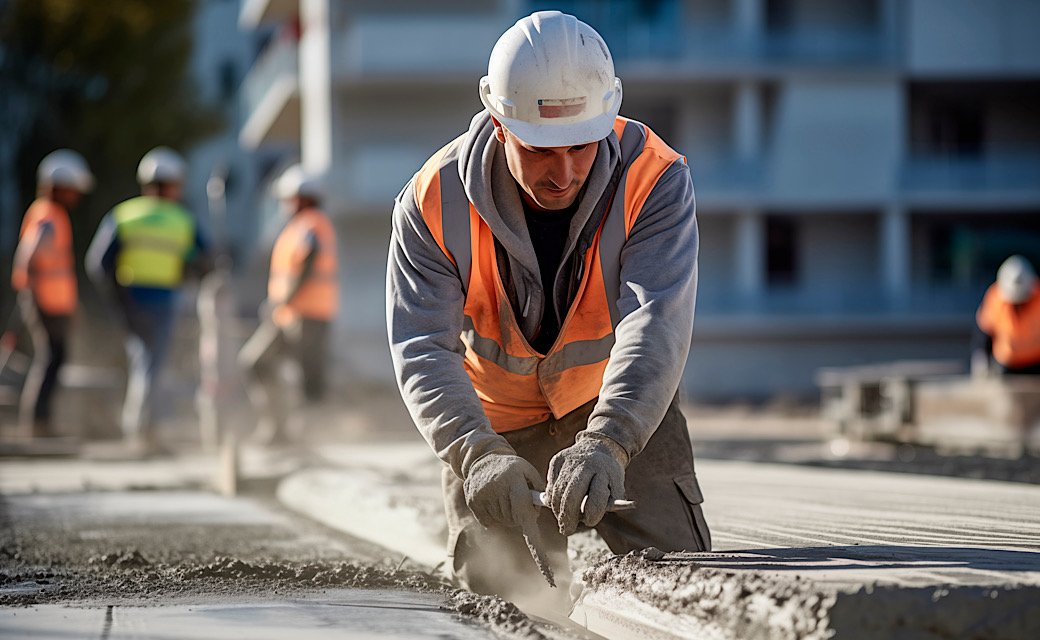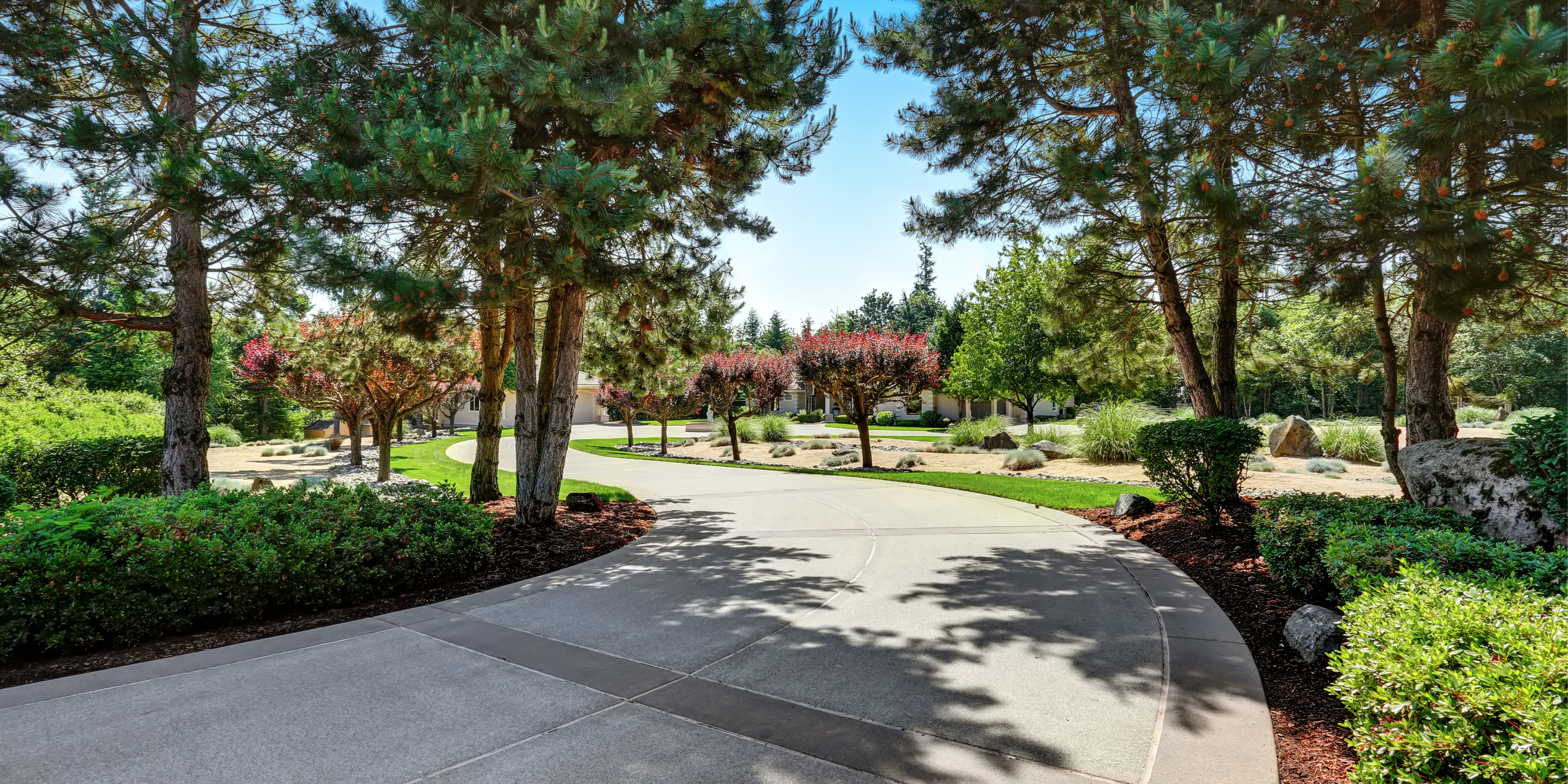In the world of construction and property maintenance, the stability of concrete surfaces is paramount. Stable and level concrete surfaces not only enhance the aesthetic appeal of a space but also ensure safety and prevent potential damage. However, uneven concrete can be a persistent issue, leading to a series of complications for property owners.
Understanding Concrete Leveling
Concrete leveling, a technique born out of necessity, involves restoring uneven surfaces to their intended state. It’s a process distinct from replacement, preserving the existing structure. While replacement involves tearing out the existing concrete and pouring a new slab, leveling uses specialized techniques to lift and level the existing surface, saving time and resources.
Signs of Uneven Concrete
One of the most apparent signs of uneven concrete is the presence of visible cracks and fractures. Additionally, an uneven surface can create tripping hazards and affect the drainage system, leading to water accumulation and potential damage to the structure’s foundation.
Causes of Uneven Concrete
Several factors contribute to uneven concrete. Soil erosion and settling can create voids beneath the concrete, causing it to sink. Poor initial installation, especially without proper compaction, can lead to unevenness. Changes in soil moisture levels, often due to weather conditions, can also cause the ground to shift, impacting the concrete above.
Benefits of Concrete Leveling
Concrete leveling offers a myriad of benefits. Primarily, it improves safety by eliminating tripping hazards. It also enhances the aesthetic appeal of the property, providing a smooth and visually pleasing surface. Additionally, it prevents further damage, ensuring the longevity of the concrete structure.
Methods of Concrete Leveling
Concrete leveling employs diverse techniques tailored to specific needs. Mudjacking, a traditional method, involves injecting a mixture of soil, water, and cement beneath the concrete, lifting it into place. Polyurethane foam injection, a more modern approach, offers advantages like lightweight, water-resistant material, and long-lasting results. Self-leveling overlays, ideal for surface restoration, provide a smooth and even finish, revitalizing old concrete.
DIY vs. Professional Concrete Leveling
While DIY solutions exist, they come with inherent risks. Without proper expertise and equipment, DIY attempts might worsen the situation. Hiring professionals, such as AAA Concrete Raising, guarantees precision and efficiency. Though it might seem cost-effective initially, professional services ensure a long-term, sustainable solution, saving costs on future repairs.
Factors Affecting Concrete Leveling Costs
The cost of concrete leveling varies based on factors such as the size and complexity of the project, the chosen leveling method, and any additional repairs or enhancements required. Consulting with professionals can provide a detailed cost estimate tailored to specific needs.
Concrete Leveling for Residential Properties
In residential spaces, concrete leveling is essential for driveways and walkways, preventing accidents. Patios and porches, often used for relaxation, need even surfaces for furniture stability. Additionally, basements and garage floors require leveling to avoid water accumulation and potential damage.
Concrete Leveling for Commercial Properties
Commercial spaces like parking lots and entrances demand even surfaces for smooth traffic flow. Warehouse floors, bearing heavy loads, need stable foundations. Public sidewalks and paths, frequented by many, should be free from tripping hazards, ensuring public safety.
Concrete Leveling for Industrial Sites
In industrial settings, factory floors must be even to facilitate machinery movement. Loading docks, vital for transportation, require stable surfaces for efficient loading and unloading. High-traffic areas need durability and levelness to withstand constant movement.
Ensuring Longevity After Concrete Leveling
Proper maintenance practices, including regular cleaning and inspections, are vital. Sealing and protective coatings offer an additional layer of defense against wear and tear. Addressing drainage issues promptly prevents water accumulation, ensuring the leveled concrete remains intact.
Environmental Considerations in Concrete Leveling
Eco-friendly leveling methods prioritize the environment. Recycling and reusing concrete materials reduce waste and promote sustainability. Minimizing the environmental impact aligns with responsible construction practices, contributing to a greener future.
The significance of concrete leveling cannot be overstated. Its impact on safety, aesthetics, and long-term durability makes it a crucial investment for any property owner. Taking timely action, informed by this comprehensive guide, ensures a stable foundation for your space. For professional assistance and tailored solutions, do not hesitate to contact our experts, ensuring your concrete surfaces remain even, safe, and visually appealing for years to come.






